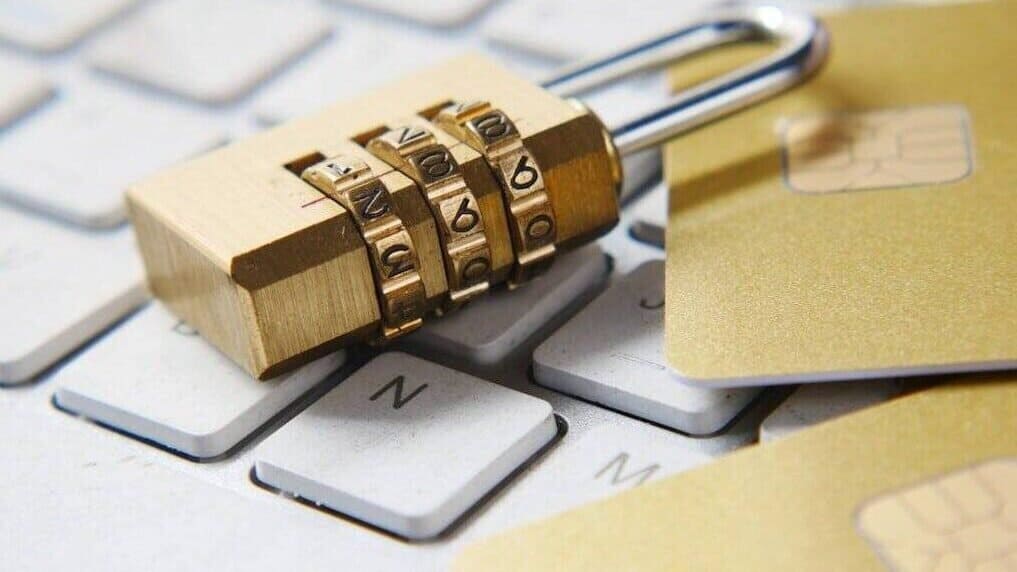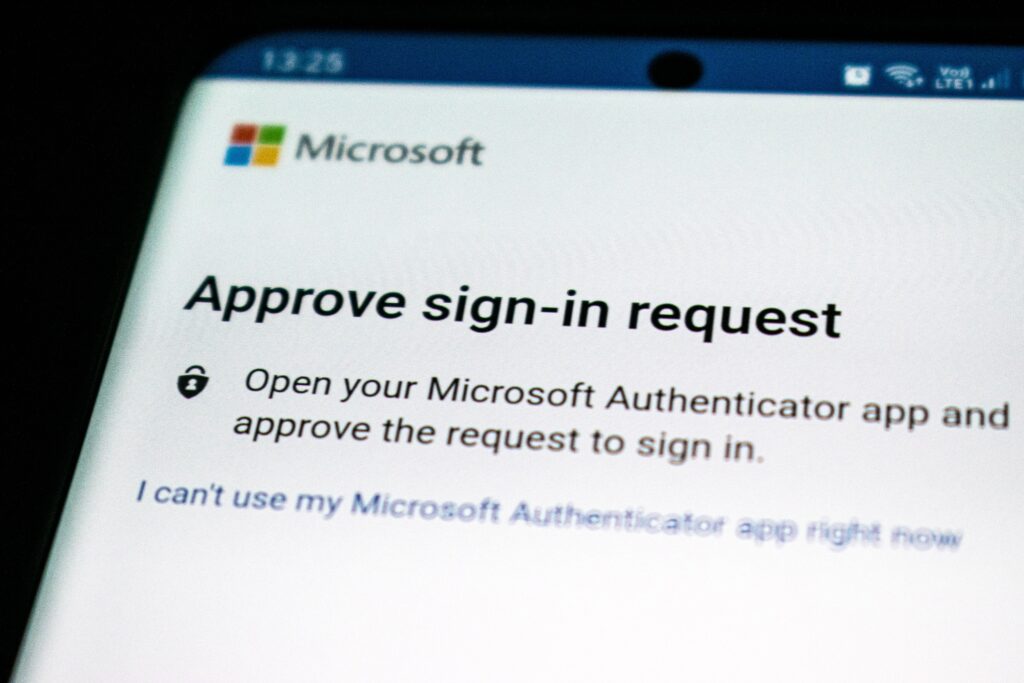Despite increased awareness, identity theft continues to rise, affecting millions of individuals and families each year. Cybercriminals constantly evolve their tactics, targeting everything from financial data to health records. At Bison Security Co., we believe that protecting your identity is just as important as locking your front door. In this post, we’ll explore key strategies to harden your defenses against identity theft, with a special focus on how to lock your credit with all three major credit bureaus.

Table of Contents
- 1 What Is Identity Theft?
- 2 Final Thoughts:
- 3 Take Control of Your Digital Safety
What Is Identity Theft?
Identity theft occurs when someone illegally obtains and uses your personal information—like your Social Security number, credit card details, or login credentials—to commit fraud or theft. This can lead to unauthorized purchases, drained bank accounts, damaged credit, and long-term financial stress.
Cybercriminals use tactics like phishing, data breaches, social engineering, and even physical theft of mail or devices to gather personal data. Families and small businesses are especially vulnerable, as they often lack enterprise-level protections but still have valuable personal and financial information.

1. Understand the Threat Landscape
Identity theft isn’t limited to stolen credit card numbers. Threat actors may:
- Open new credit lines in your name.
- File fake tax returns to steal your refund.
- Use your medical ID for treatment or prescriptions.
- Commit crimes and provide your information.
Understanding how your identity can be exploited is the first step in protection.

2. Strengthen Your Cyber Hygiene
Good cybersecurity habits go a long way in preventing identity theft:
- Use a password manager (like Keeper) to generate and store strong, unique passwords.
- Enable multi-factor authentication (MFA) on all sensitive accounts.
- Avoid sharing personal information over unsecured channels.
- Regularly update software and operating systems.
- Monitor your accounts and set up transaction alerts.
Bonus: Read more in our Blog post about Cyber Hygiene.

3. Monitor Your Identity Proactively
- Check your credit report at least once a year.
- Monitor your financial statements and enable real time fraud alerts.
- Use identity monitoring tools that alert you to suspicious activity.
- Sign up for breach notification services.
For added protection, Bison Security Co. offers identity theft monitoring services designed to alert you to suspicious activity early—so you can take action before damage is done.

4. Lock Your Credit with All 3 Major Bureaus
One of the most powerful ways to prevent unauthorized credit activity is to lock your credit file. Locking your credit proactively blocks new accounts from being opened in your name.
Here’s how to do it:
Experian:
- Visit: https://www.experian.com/freeze/center.html
- Create or log into your account.
- Follow the prompts to freeze your credit.
Equifax:
- Visit: https://www.equifax.com/personal/credit-report-services/
- Sign in or create an account.
- Navigate to “Freeze Credit” and follow instructions.
TransUnion:
- Visit: https://www.transunion.com/credit-freeze
- Sign in or create an account.
- Use their freeze/unfreeze toggle to lock your credit instantly.
Important: Credit freezes are free and can be lifted temporarily if you need to apply for credit.
Don’t Forget to Lock Your Child’s Credit!
Child identity theft is on the rise—and it often goes undetected for years. Criminals target children’s Social Security numbers to open fraudulent accounts or rack up debt under a clean credit file.
To protect your child:
- You must request a credit freeze by mail for minors (under 16), and include documentation proving your identity and theirs (e.g., birth certificate, Social Security card, your ID).
- Each bureau has a specific process and mailing address, typically found on their respective credit freeze pages (listed above).
Pro Tip: Even if your child doesn’t have a credit file yet, you can still request a freeze. If a file exists, the bureau will freeze it. If not, they’ll create and freeze one automatically.
Freezing your child’s credit is one of the most effective—and underused—ways to protect their financial future. Don’t skip it.

5. Secure Physical Documents
- Shred old bank statements, tax documents, and medical records.
- Lock away Social Security cards, passports, and birth certificates.
- Opt for digital billing whenever possible to reduce mail theft.

6. Educate Your Family
Talk to kids and older adults about phishing scams, fake tech support calls, and safe online habits. Identity theft isn’t just a risk for adults.
Bonus: Explore our services if you feel like you could use a helping hand.

7. What To Do If You’re a Victim
If you suspect identity theft:
- File a report with the FTC at https://identitytheft.gov
- Place a fraud alert with one of the credit bureaus.
- Once you have placed a fraud alert on your credit report with one of the bureaus, that bureau will send a request to the other two bureaus to do the same
- Contact your bank and affected institutions immediately.

Final Thoughts:
Stay Vigilant, Stay Safe — Identity theft is a serious and growing threat, but with the right practices, you can make yourself a much harder target. At Bison Security Co., we’re here to empower individuals, families, and small businesses with tools and knowledge to protect what matters most.

Take Control of Your Digital Safety
At Bison Security Co., we believe strong cybersecurity starts at home—and grows with you. Whether you’re a parent, professional, or small business owner, we’ve got your back with the tools and support you need to stay safe in a connected world.
Here’s How to Get Started:
- Schedule your FREE Home Cybersecurity Audit — 30-minutes, no strings attached.
- Take Our Cyber Hygiene Quiz— Learn where your family or business stands and what to do next.
- Explore Our Cybersecurity Services — From identity protection to digital wellness plans, we make security simple and strong.
- Subscribe for Weekly Tips — Stay ahead of threats with expert advice, family-friendly checklists, and early alerts.
Security That Stands Its Ground.
